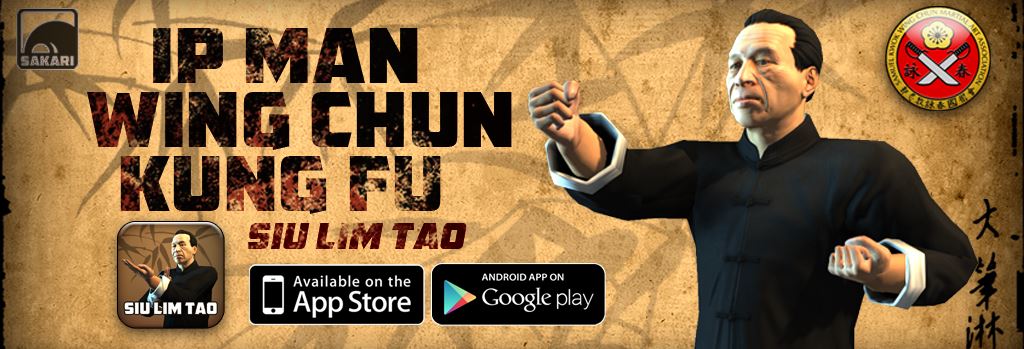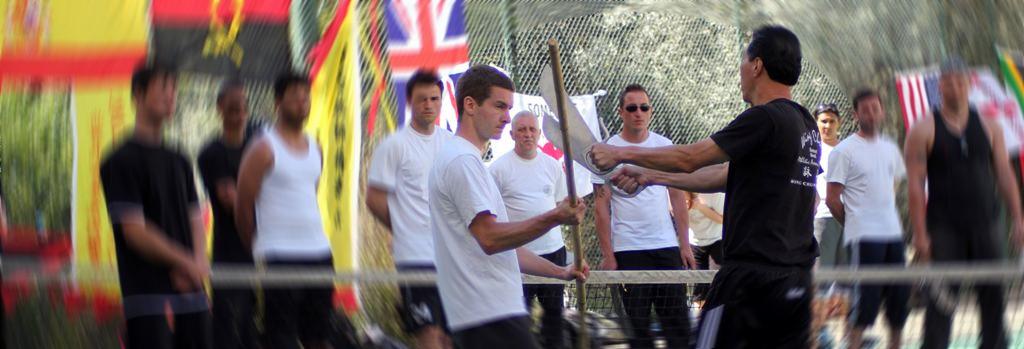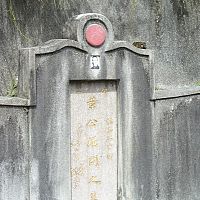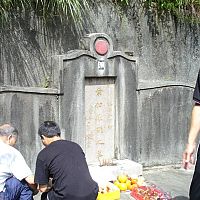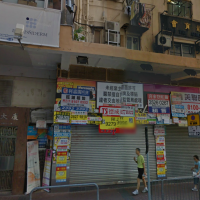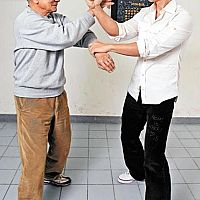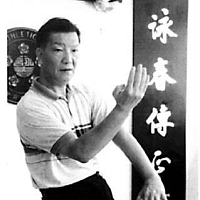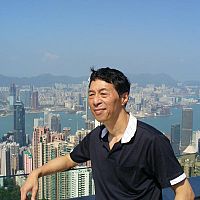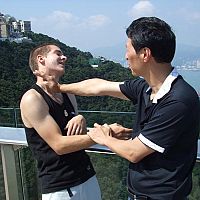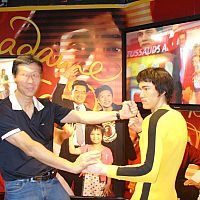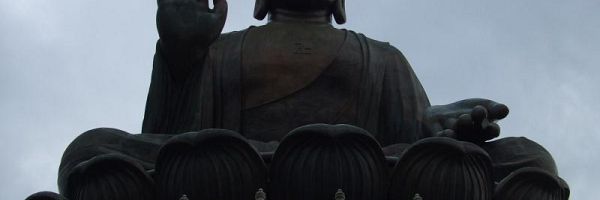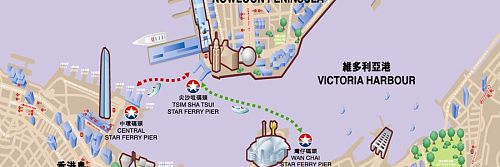A guide to Wing Chun in Hong Kong
Article by Dan Knight added on 30 Aug 2013. Last updated on 3 Feb 2014.
Wing Chun training, language, site seeing and more
This guide covers some tips to help get the most out of a trip to Hong Kong from a Wing Chun perspective. We cover training options, places to visit and the basics of traveling around the city. I first visited Hong Kong and China in 2007 and then went back again in 2010. There is a photo album from the 2007 Hong Kong & China trip here.
Why visit Hong Kong for Wing Chun?
This guide will focus largely on what a Wing Chun student would get out of a visit to Hong Kong and / or China. That said Hong Kong is a place worth visiting regardless of an interest in martial arts. It is often listed in the top 20 cities to visit in various guides and was voted 11th most livable city in Monocle's Quality of Life Survey 2013.
For the Wing Chun Student, Hong Kong has a number of very high quality clubs to train at. Many of Ip Man's senior students, including his two sons, still teach in Hong Kong. It is also the resting place of Ip Man and if you are willing to travel across the border to southern China, there is the Ip Man museum in Foushan along with a number of local Wing Chun schools.
For the general tourist, or perhaps the partner or family of the Wing Chun student, Hong Kong offers a dazzling array of tourist attractions making it one of the places everyone should visit at some point in their life if possible.
Getting there
Unless you live there already or are traveling from China, you're going to need to fly to get to Hong Kong and it's not going to be cheap. That said if you search around and book well in advance you can get flights from around £500 from the UK to Hong Kong with one stop over on the way. Having flow with a stop over and without, I would say it doesn't really matter. Having a stop over normally saves £100 or more, even if it's just a one hour stop over to stretch your legs. If you do go for a stop over try to keep it short, one or two hours is ok, but more than that and it really starts to drag.
Flight checking companies like skyscanner can really help in finding options.
Getting around Hong Kong
Once you arrive at Hong Kong your are going to want to get an octopus card. It's a contact-less payment card you load up with money then use to pay for rail fares, and much more including snacks and drinks at a 7 eleven store or the ferry across the harbor. You can buy these in the airport at the help counter. For the most part you will use the rail system or MTR to get around Hong Kong, and with the exception of the trip from the airport into Hong Kong, most journeys are very cheap compared to European rail systems like the London underground.
Below is a map of the MTR rail system in Hong Kong. Click on it to expand it.

Some Top Attractions
The following list of top attractions is in no particular order. Each has a rating for Wing Chun interest and general interest. This will help identify the family safe places to visit.
Ip Man Grave
Wing Chun interest: 
General interest: 
The resting place of Ip Man (sometimes Yip Man) is in Fan Ling. It's easy enough to get to for any students wishing to pay homage to the late Ip Man. Simply catch the MTR to Fanling, which is in the north of the pale blue line. Then head to the temple at Fanling which in itself is worth a visit. From there head into the graveyard on the left and follow signs to the Yip Man tomb. Its a short walk up the hill in the jungle area.
If you do visit the site please be respectful of the graveyard and clear any leaves or debris from the tomb area. Traditional incense is burned when you pay respects. There will usually be someone selling these at the bottom of the site.
It is acceptable to take photos and videos at the site, you will often see people practice the form there too. The photos below show the grave site and the stunning temple nearby. In addition there is a reasonable size shopping center near the MTR station which may be of interest if people want to do shopping or get lunch out.
Ving Tsun Athletic Association or V.T.A.A. club
Wing Chun interest: 
General interest: 
The VTAA is a place where many top instructors teach, including Ip Man's two sons Ip Chun and Ip Ching. In order to attend the class we recommend you email the VTAA in advance, vtaa@vingtsun.org.hk. At the time of writing the fees for Ip Chun and Ip Ching's class are around $50 a month. This makes it very cheap if you train for the whole month or quite expensive if you just visit once. I recommend trying to get at least a few session in during your trip. There are multiple classes in a week.
The VTAA itself is very small, it has a dummy on the wall, a wall bag or two and the code of conduct along with the image or Ip Man (photos below). It's going to get quite hot, as 1. Hong Kong can get very hot and humid in general and 2. It's a small room with lots of people training. Therefore if you sweat a lot (or even if you don't usually) remember to take a towel to dry your arms before Chi Sau and generally help you from leaking on the floor. When attending be respectful to your training partners, some general etiquette is to do the traditional fist into palm bow when entering and leaving. You should also do this after training with a partner and it doesn't hurt to do it before you train as well. Try to learn some basic Cantonese to say thank you if someone shows you something. There are some Cantonese tips lower in this article. It is ok to take photos of the hall (code of conduct etc) and yourself. But ask others if its ok to take a picture if you want training photos. Also avoid over doing it. The classes are the regular training session for some people so don't disrupt them but taking lots of pictures. Imagine if someone came to your class when you wanted to train and they just wanted to take pictures, it could become annoying. It's is recommended to refer to people by their proper kung fu title if you know it, for instance Samuel Kwok is my SiFu and Ip Ching is my SiGung.
Photos below from left to right are the VTAA from the outside, door bottom left and sign top right. In the middle is a photo of inside the VTAA. Ip Chun and Donnie Yen. Ip Ching in the VTAA.
Victoria Peak
Wing Chun interest: 
General interest: 
Victoria Peak is the highest point on Hong Kong Island and overlooks Hong Kong and Kowloon. No trip to Hong Kong would be complete without visiting this attraction. I recommend taking the tram up, as it's reasonably cheap, an easy way to get to the top and it offers some great views along the way. The view at night will be very different to the view during the day so consider which you want to see if you don't see both.
There are a few shops and restaurants at the peak which will be towards the more expensive end of Hong Kong. You will also have to pay to go up to the sky lounge Which has the best view but its worth the small fee.
One of the shops will also offer a chop carving service so if you want a traditional Wing Chun chop carved, whilst not the cheapest place to get it done, it is one of the easiest places to get it done. It also worth haggling on price especially if your group are getting more than one done. Just make sure you have the characters written down before you go, so you get exactly what you are after. This is particularly useful for Wing Chun instructors who need chops to stamp certificates.
Also watch out for Bruce Lee's wax work on the way up to the peak.
Lantau Island - Tian Tan Buddha
Wing Chun interest: 
General interest: 
Lantau Island is a short boat ride from Hong Kong / Kowloon. You can also get their cheaply on the orange Tung Chung MTR line. It is actually the island that Hong Kong's main airport is attached to. The Hong Kong Disney Land, is also one of the big attractions on Lantau. However the main reason for visiting for me would be the Ngong Ping Plateau which features the Po Lin Monastery, as well as the 85-foot (26 m) high bronze Tian Tan Buddha statue, once the world's largest seated outdoor bronze Buddha statues. Once on Lantau you will need to get a bus or Taxi to get to this location as its in the center of the island on the large mountain plateau.
Temple Street Night Market
Wing Chun interest: 
General interest: 
This thoroughfare in central Kowloon starts at Temple Street's junction with Jordan Road, terminates five blocks north on Kansu Street. This is the stereotype of Chinatown. Hawkers will flog everything from bizarre medicines, counterfeit watches, holiday souvenirs, T-shirts, wallets, counterfeit DVDs and, more or less anything you can think of. Walking through you will see fortune-tellers, impoverished Chinese opera troupes along with old men gambling. Outdoor food stalls will display, sell, kill and cook, unnameable crustaceans and fish. Jordan or Yau Ma Tei MTR stations are good places to get off in the evening to see this spectacle.
This is actually one of my favorite places in Hong Kong just because it's so fascinating and busy so late at night. However be warned. It's not for everyone.
Avenue of Stars
Wing Chun interest: 
General interest: 
This is a place to visit for the Bruce Lee fans. The Avenue of Stars was built to pay tribute to Hong Kong's film industry, and to promote tourism. The Avenue of Stars is located at the Tsim Sha Tsui Promenade where it sits between Kowloon and Hong Kong. It offers some great views at night when Hong Kong is lit up. It's is also the place where Bruce Lee fans take a picture with the statue of their hero. As someone who doesn't care much for Bruce, I would still recommend it as it makes for a nice evening walking along the promenade which overlooks the Victoria harbor. Photos with permission from Putney Martial Arts London.
Star Ferry
Wing Chun interest: 
General interest: 
The Star Ferry's ferry crossings at Victoria Harbour are acclaimed as an important part of the commuter system between Hong Kong Island and Kowloon, and essential journeys for visitors. The National Geographic Traveler named the ferry crossing as one of 50 places of a lifetime. The ferry ride is also well known as one of the world's best value-for-money sightseeing trips, costing just 3 to 4 Hong Kong Dollar off peak and peak times. The ferry also accepts Octopus card.
Useful Cantonese Phrases
Speaking a few basic words in Cantonese may help you out if the person you are trying to talk to does not speak English (like Grandmasters Ip Chun or Ip Ching). It is also polite to say thank you and please in the local language. But be warned, Cantonese is not easy, I highly recommend having someone who knows the language teach the the pronunciation. Mobile apps can also be good for this.
In reality, many people in Hong Kong will speak basic or even good English (partly due to it being a British colony until fairly recently). However learning some of the basic words is still extremely useful. The sounds below are from Learn Cantonese, their website is very good so check them out.NOTE it's common for Cantonese speakers to say some words like 'Sorry' or 'bye bye' in English in Hong Kong
| English Word | Written Chinese | Pronunciation | Sound |
|---|---|---|---|
| Hello | 你好 | néih hóu | |
| Hi, how are you? | 你好嗎? | néih hóu ma | |
| Thank You (informal) | 唔該 | m̀hgòi | |
| Thank You (formal, if you receive a gift) | 多謝 | dòjeh | |
| See you (goodbye) | 再見 | Joi gin or "bye bye" | |
| My Wing Chun Teacher | 師父 | Sifu | |
| My Teachers Wing Chun Tutor | 师公 | Sigung | |
| My Teachers, Teachers Wing Chun Tutor | 师太公 | Sitaigung | |
| Sorry | 對唔住 | deuim̀hjyuh or "sorry" |
A Guide to China and Foshan will come next...

